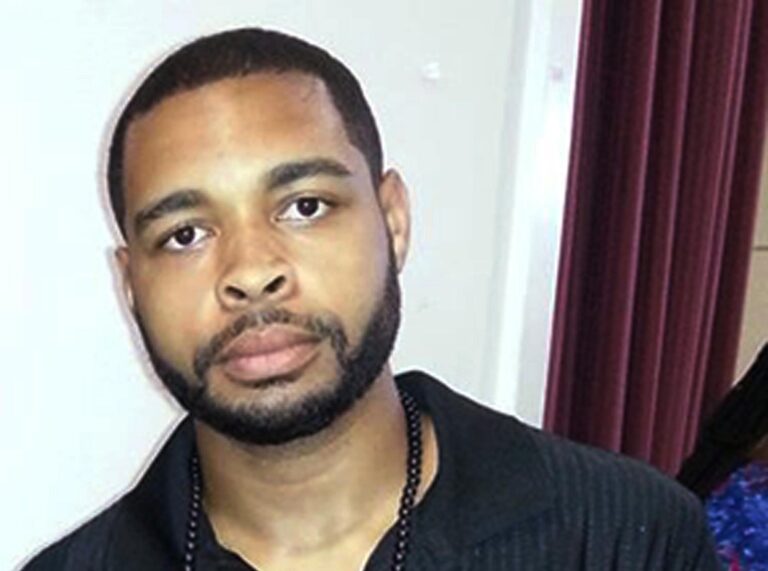Dallas Shooting Suspect Expressed Anti-ICE Views but Lacked Organizational Ties
Recent investigations into the Dallas shooting have uncovered that the perpetrator left behind several handwritten notes conveying strong opposition to Immigration and Customs Enforcement (ICE). Despite these explicit expressions of dissent, law enforcement officials have found no evidence connecting the individual to any formal extremist groups or activist organizations. The writings reflected personal frustrations and a critical perspective on immigration enforcement policies, indicating the suspect acted alone without external coordination.
Highlights from the ongoing inquiry include:
- The suspect’s materials revealed a pronounced anti-ICE ideology.
- No links to established activist or extremist networks were identified.
- Authorities continue to investigate motives but maintain the assessment of a lone offender.
- Security protocols remain elevated as further details emerge.
| Investigation Aspect | Findings |
|---|---|
| Primary Motivation | Opposition to ICE policies |
| Organizational Links | None detected |
| Investigation Status | Active and ongoing |
| Public Safety Level | Heightened vigilance |
Decoding the Suspect’s Mindset and Isolated Position
Law enforcement agencies are delving deeper into the suspect’s psychological profile by analyzing the handwritten notes that vehemently criticized ICE and immigration policies. While these documents reveal intense personal grievances, investigators emphasize that no direct connections to extremist groups or coordinated movements have surfaced. A thorough review of digital footprints, including emails, social media activity, and phone records, is underway to better understand the individual’s motivations and potential influences.
Interviews with family members and acquaintances paint a picture of a socially withdrawn individual who was politically outspoken but not actively involved in any activist circles. Authorities stress the importance of distinguishing between isolated personal discontent and organized threats, while remaining vigilant for any emerging links. Key investigative focuses include:
- Deciphering personal writings: Understanding the emotional and ideological context behind anti-ICE sentiments.
- Examining communications: Investigating digital correspondence for signs of external influence or collaboration.
- Community feedback: Collecting insights on the suspect’s social behavior and political engagement.
Community Leaders Advocate for Strengthened Surveillance of Lone-Actor Threats
Security experts and local officials are urging the implementation of more comprehensive monitoring and intervention frameworks to mitigate risks posed by lone actors, especially those driven by anti-government or anti-enforcement sentiments. The Dallas incident, involving a suspect who left behind anti-ICE notes but lacked ties to extremist groups, highlights the challenges in preemptively identifying such threats.
Community advocates recommend a multifaceted strategy that includes:
- Enhanced collaboration and information exchange between law enforcement and community organizations.
- Expanded mental health services focused on early detection and support for individuals exhibiting radical views.
- Public education initiatives aimed at recognizing behavioral warning signs.
Experts caution that while increased surveillance is necessary, it must be balanced with safeguarding civil rights to prevent further marginalization and social isolation.
Enhancing Mental Health Support and Intelligence Sharing to Prevent Violence
Following the Dallas shooting, mental health professionals and security analysts emphasize the need for a holistic approach addressing the underlying factors contributing to such violent acts. They advocate for proactive mental health interventions and accessible support systems to identify and assist individuals at risk before incidents occur. Collaboration among healthcare providers, law enforcement, and community groups is seen as vital to effectively manage potential threats.
In parallel, improving intelligence sharing remains a cornerstone of prevention efforts. Experts call for streamlined communication channels across federal, state, and local agencies to facilitate rapid dissemination of critical information. Recommended measures include:
- Unified reporting standards for suspicious behavior and potential threats.
- Inter-agency task forces dedicated to threat assessment and analysis.
- Specialized training programs to equip officials with skills to detect early warning signs.
| Recommended Initiative | Anticipated Benefit |
|---|---|
| Expanded mental health outreach | Timely identification of vulnerable individuals |
| Improved inter-agency communication | Accelerated threat detection and response |
| Community engagement programs | Mitigation of social isolation and radicalization |
Conclusion: Investigation Advances Amid Ongoing Community Impact
As the investigation progresses, officials reiterate that although the Dallas shooting suspect expressed clear anti-ICE sentiments through personal notes, no connections to organized groups have been established. Authorities remain committed to uncovering the full context and circumstances surrounding the attack, while the local community continues to process the event’s repercussions. Updates will be provided as new information becomes available.







